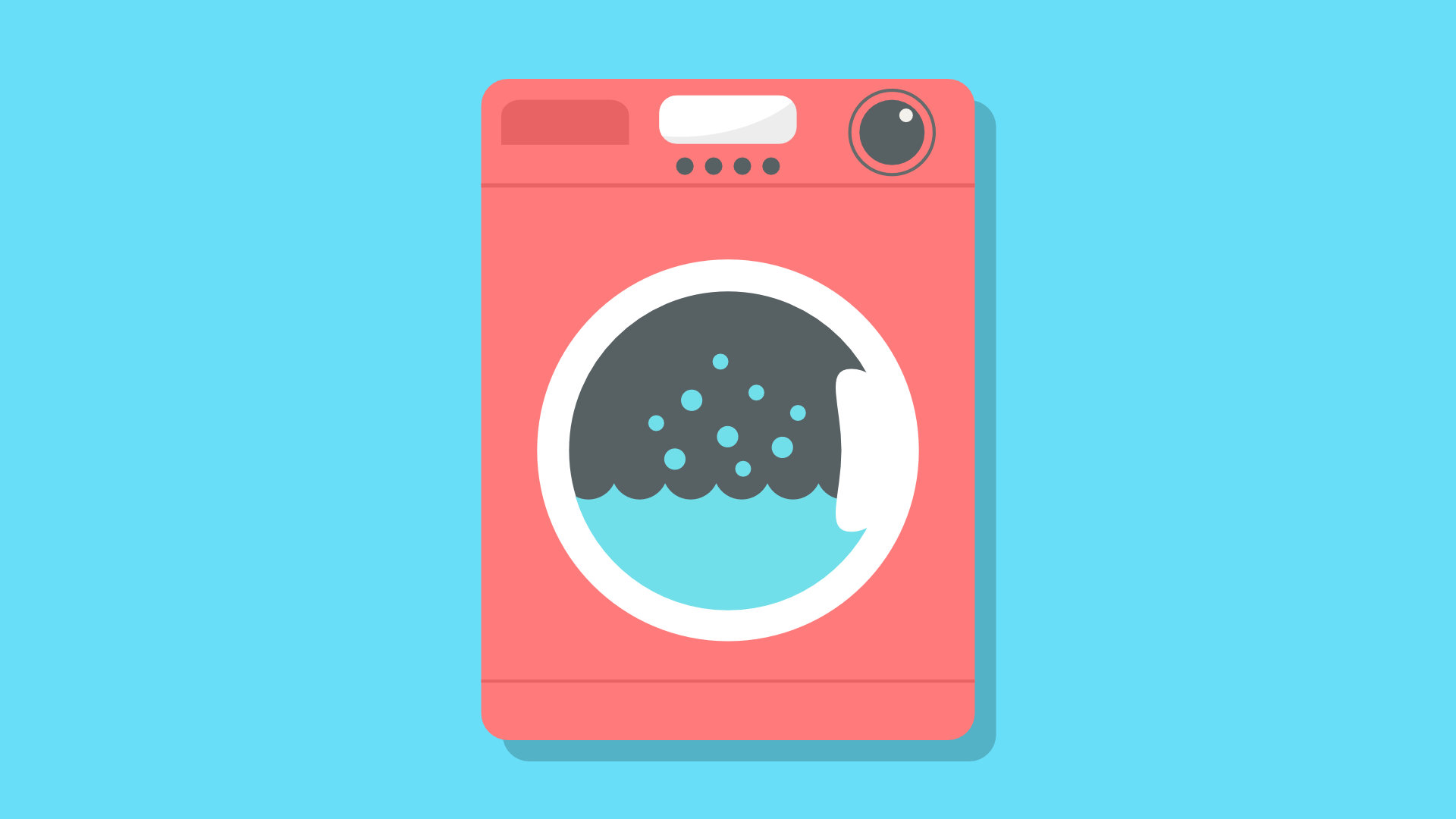
If your Electrolux washer is not starting, first, you should check for an incoming power problem. If the washer is getting power, a faulty door switch or lid switch might be preventing the washer from starting. Next, you will need to remove the control panel and possibly the washer’s top panel to look for problems with the controls, a blown fuse, or a defective timer. If none of these components is defective, the motor control board or main control board may need to be replaced.
Follow the steps below to diagnose and fix the issue.
This guide applies to most Electrolux models, such as:
EIFLS55IIW0, EIFLS55IMB0, EIFLS55IRR0, EIFLS60JIW0, EIFLS60JIW1, EIFLS60LSS0, EIFLS60LT0, EIFLS60LT1, EIFLW50LIW1, EIFLW55HIW0, EIFLW55HMB0, EIFLW55IKG0, EIFLW55IRR0, EWFLS70JIW0, EWFLS70JSS0, EWFLW65HIW0, EWFLW65HTS0, EWFLW65IMB0, EWFLW65IRR0, SATF7000FS0, STF7000FS0
1. Determine that the washer is getting power
If the washer isn’t starting, the first thing to check is that it isn’t an incoming power problem.
- Check that a breaker hasn’t been tripped in your home’s electrical panel. Reset the washer’s breaker and see if the washer will start.
- Plug another appliance into the washer’s power outlet to see if the outlet is responsible for the washer not starting.
2. Check the power cord
The washer’s power cord may be damaged and causing the washer not to start. However, this is very rare.
The power cord needs to be unplugged, disconnected from inside the washer, and then tested with a multimeter for continuity to determine if it is faulty and needs to be replaced.
3. Defective lid switch or door switch
A lid switch (top load washers) or door switch (front load washers) is a safety feature that prevents the washer from operating if the door or lid is not closed.
If your washer is not starting, the lid switch or door switch may be defective, or the door strike may not be engaging with the door lock assembly.
Both switches can be tested with a multimeter for continuity. However, the washer’s wiring diagram or tech sheet may be required to determine which terminals to test. The tech sheet may also provide testing instructions. In some cases, a live voltage test may be required (it’s best to contact a technician for that).
- Inspect the lid or door lock assembly. Make sure the door strike or lid switch assembly isn’t damaged.
- See if you can hear the door locking or lid switch clicking when closing the door or lid. If you can’t, the component is most likely defective.
- Remove the lid switch or door switch from the washer and test for continuity with a multimeter. As noted above, you may require the wiring diagram or tech sheet.
4. Check the control panel
Electrolux washers with a digital control panel may have a fault that means the washer’s main control board is not receiving the signal to start the washer.
If some buttons are working but others are not, the control panel may need to be replaced. If the control panel is not working at all, the control panel may be disconnected from the power or have faulty wiring.
The user interface board (behind the control panel) can be checked for signs of damage, but often a technician is needed to correctly diagnose a faulty board.
- Disconnect the power to the washer.
- Remove the control panel.
- Check that the user interface board is connected to the main control board.
- Inspect the board and its wiring harness for signs of corrosion or arching. If the board is damaged, it will most likely need to be replaced.
- Check for the washer’s tech sheet for user interface board testing instructions or contact a technician to check the board.
5. Check the start knob or rotary control
If your washer is controlled by a start knob or rotary control, the component may be damaged.
- Check for damage on the control panel (replace a component if it is damaged).
- Disconnect the power to the washer.
- Remove the control panel.
- Check that the knob or rotary control is not damaged, that any wiring is plugged in, and that the washer’s start mechanism can be activated. Repair or replace the component if it is damaged.
6. Check the line fuse or thermal fuse
Depending on the model, the washer may have either or both a line fuse and a thermal fuse. Although newer models tend to have both fuses, an older model may have neither.
A thermal fuse will blow if the washer gets too hot. A line fuse will blow if the washer’s circuits are overloaded.
Locating these fuses depends on the model, so it might be best to check the wiring diagram or tech sheet for their location. Fuses may be located behind the control panel or around the control board. A line fuse could also be located inside the washer’s plug.
The fuses can be tested with a multimeter for continuity to determine if they have failed. If a fuse fails the multimeter test, it needs to be replaced.
7. Check for a faulty timer
In some rare cases, the washer may not be starting because of a faulty timer. The timer may be connected to the start knob/rotary control. With other models, you might find it either behind the control panel or around the control board.
A faulty timer is often misdiagnosed, so it is best to consult a trained technician to diagnose a timer problem. However, depending on the model, if you have the wiring diagram to help you, you may be able to perform a multimeter continuity test to determine if it has failed.
8. Check the motor control board & main control board
All modern Electrolux washers have a main control board that controls the functions of the washer. Also, depending on the model, the washer may have a motor control board that controls the motor’s direction and speed (usually front load washers).
A defective motor control board or main control board are very rarely the cause of a washer not starting, but if you checked everything above, one of these components may be causing the issue.
The main control board is typically located on the top of the washer, either behind the control panel or at the back of the washer. The motor control board is typically located at the bottom of the washer cabinet.
Control board issues are difficult to diagnose, so it is best left to a trained technician. However, if you notice corrosion, broken wires, or signs of arching on either board, it is a good indication that it needs to be replaced.

Your Guide to Whirlpool Microwave Replacement Parts

What to Do When Your Kenmore Dryer Won’t Start

How to Resolve the LG Washer LE Error Code

Why Does My Oven Smell Like Gas? Causes and What to Do

Maytag Dryer Not Heating? Here’s How to Fix It

6 Common Reasons Your Speed Queen Dryer Isn’t Heating

8 Reasons Your Samsung Refrigerator Is Not Cooling

9 Most Reliable Washer and Dryer Brands

How to Get Ink out of Your Dryer the Easy Way

Why Is My Fridge Making Noise That Stops When the Door Is Open?

Frigidaire Refrigerator Error Code H1: Causes & Solutions

How to Clean a Dryer Vent Without Moving the Dryer

9 Reasons Your LG Refrigerator Isn’t Cooling

LG Refrigerator Not Making Ice? Here’s What To Do!


